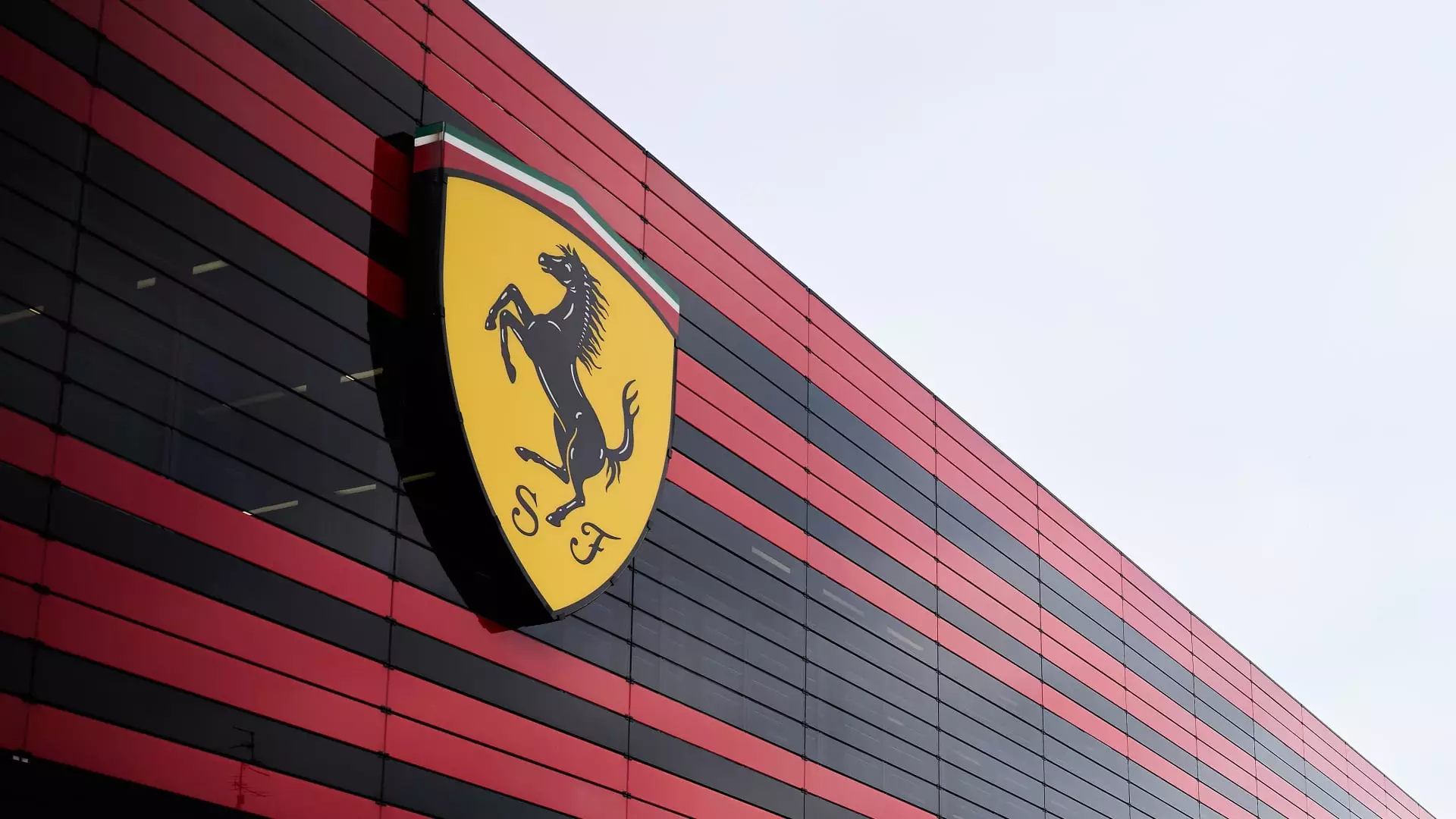Ferrari’s decision to implement a 10% price increase on select models is a bold move, cleverly positioned within the recent landscape of U.S. auto tariffs. As tariffs rise under policies favoring domestic production, the venerable Italian sports car maker must navigate new economic realities. With the proposed tariffs raising the stakes, the price of a typical Ferrari now jumps by a staggering $50,000 for models like the Purosangue SUV, which begins at $430,000. Yet, amidst the turmoil, it’s hard not to scoff at the irony; while high-end luxury buyers can absorb such costs, the very fabric of the automotive market may continue to unravel under these pressures.
Realities and Responsiveness
Interestingly, Ferrari has announced that prices will remain unchanged for vehicles imported before April 2, thus sidestepping the immediate impact of these tariffs for a select group of buyers. However, for those unfortunate enough to buy after this cutoff, the sudden spike in prices is a harsh slap in the face. It raises vital questions about consumer loyalty and the brand’s connection to its clientele. While wealthy individuals may find these increases negligible, it signifies a larger pattern of class disparity—a luxury market seemingly immune to economic shifts while the average consumer feels the pinch.
The Uncertain Path Ahead
Another poignant aspect to consider is Ferrari’s projections. They remain steadfast in their financial targets for 2025, though a cautionary note regarding profitability margins serves as a reminder of the precarious nature of economic pressures. The auto industry—especially in the realm of high-performance vehicles—often hinges on both consumer sentiment and broader economic health. While Ferrari boasts a waiting list exceeding a year for its models, one can’t help but postulate: what happens when the novelty wears off? Will aspirational buyers waver if economic conditions continue to sour?
Respecting the Clientele
CEO Benedetto Vigna’s remarks on the necessity to respect customers in these uncertain times reflect a commendable ethos. Ferrari must balance profitability with the expectations of its clientele, who are not merely faceless accounts, but individuals with their own struggles and accomplishments. The notion of “working for a Ferrari” reinforces the poignant reality that luxury goods often symbolize ambition and achievement—almost a badge of honor. The question remains, however: is it sustainable to pass increased costs to affluent buyers without risking their loyalty and connection to the brand?
Unprecedented Times for the Auto Industry
Ultimately, Ferrari’s price increases serve as a mirror reflecting the struggles and persisting challenges in the automotive sector. It’s a bifurcation between the splendor of luxury and the piano wire thin margins that define the broader industry landscape. The U.S. market, with its turbulent economic backdrop, may lead to unexpected shifts, even for companies as robust as Ferrari. The road ahead is fraught with challenges, an exponential curve that will require adaptability and perhaps a profound re-evaluation of what luxury truly means in an ever-shifting economic climate.

